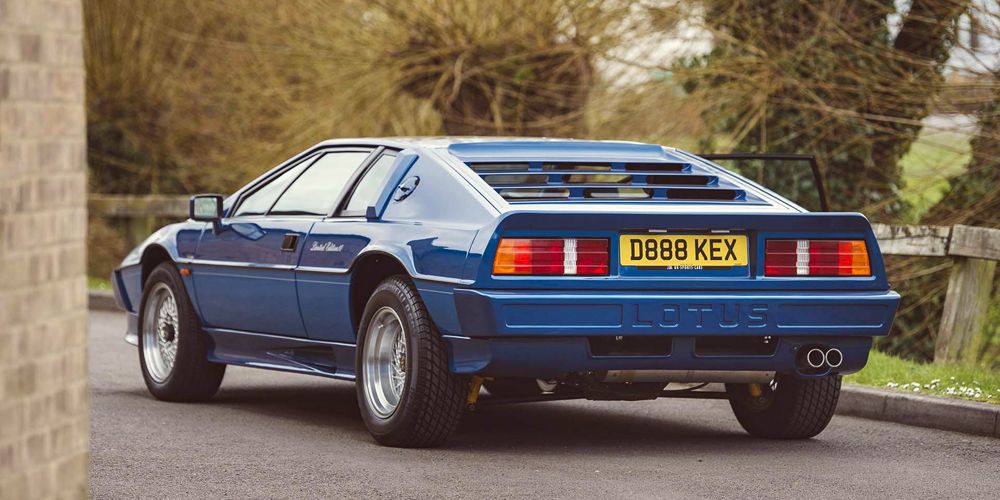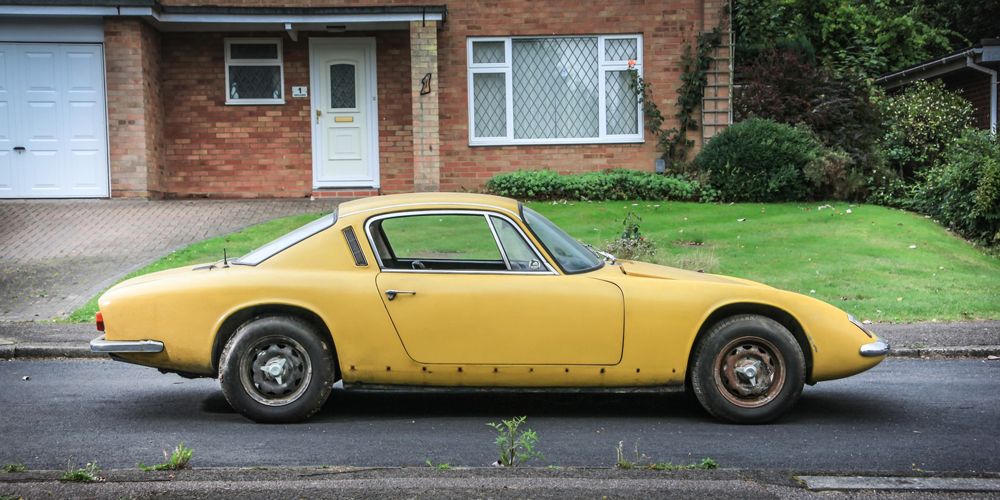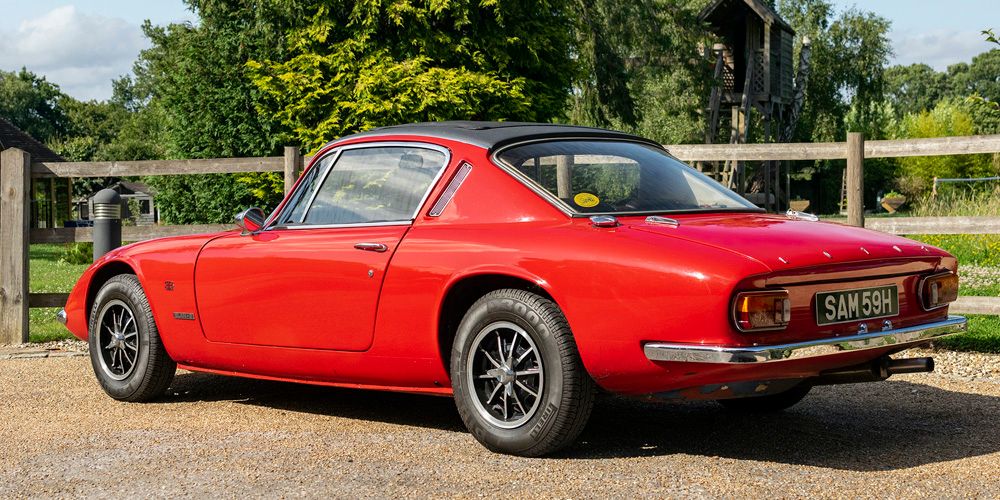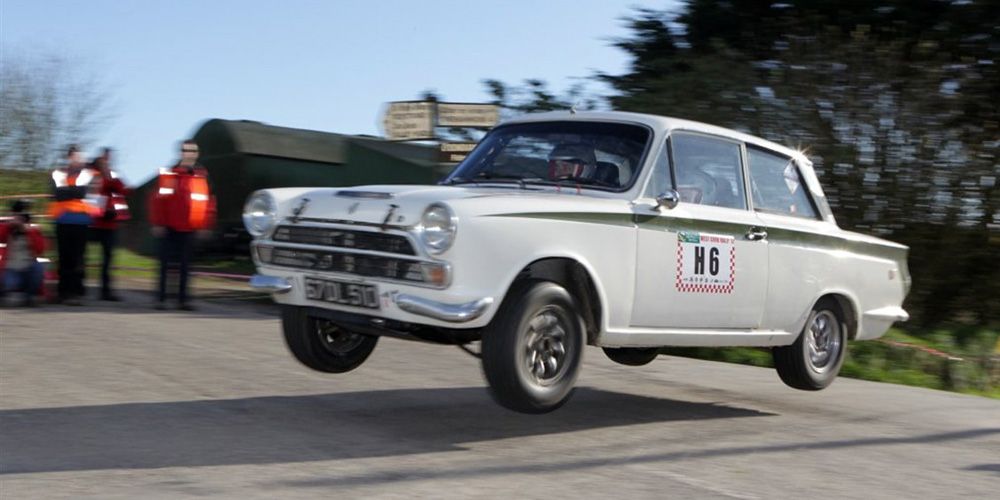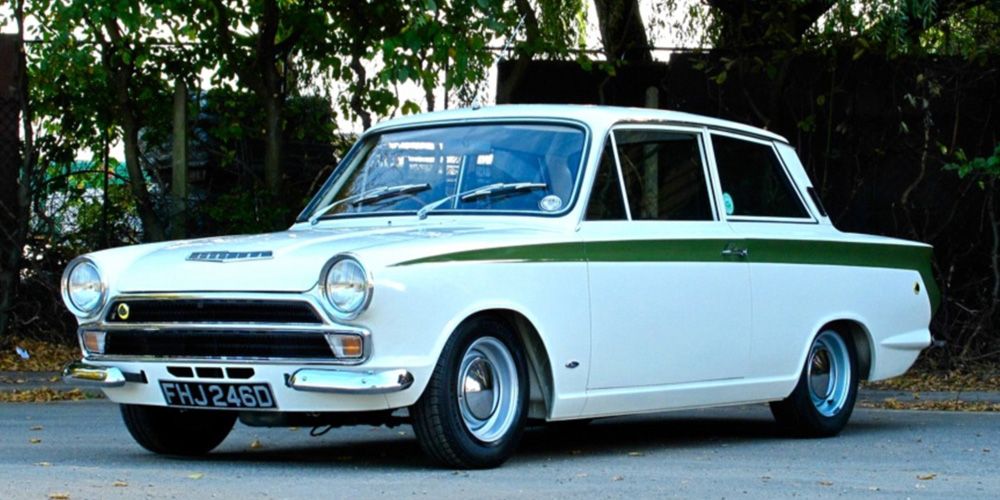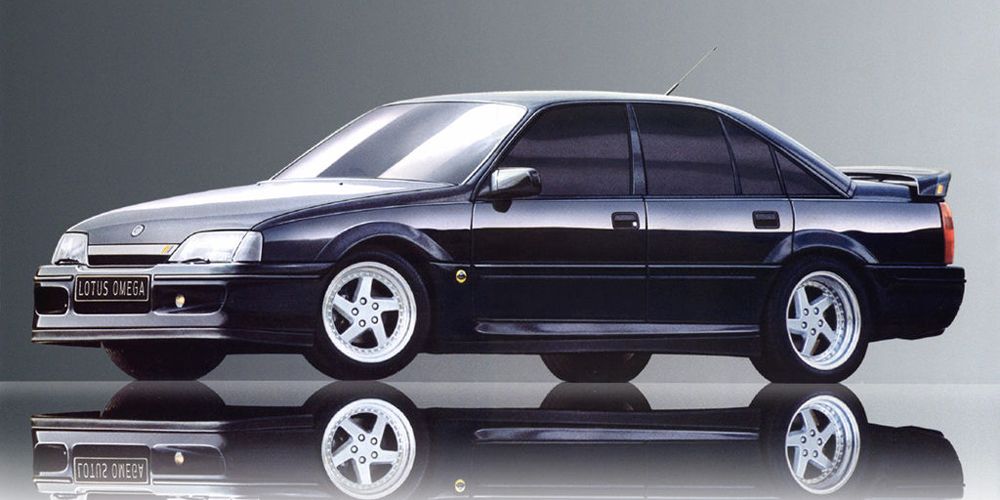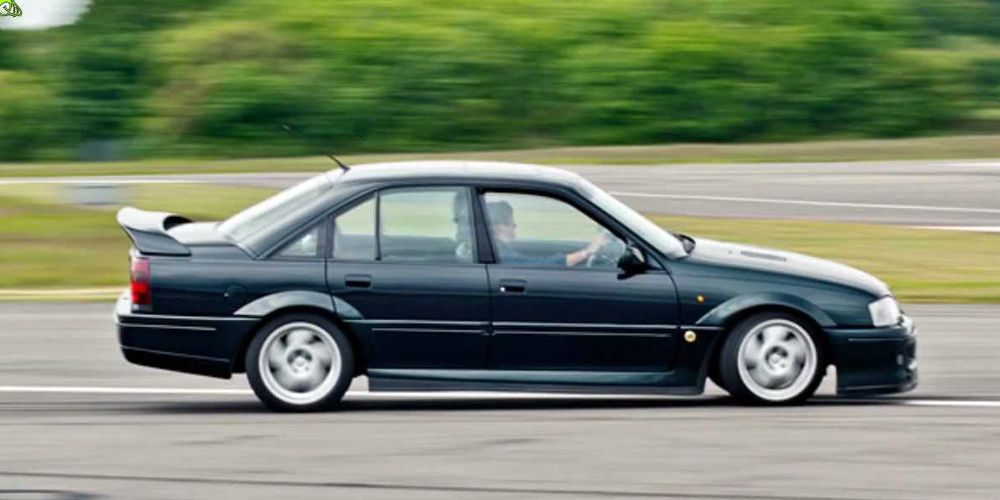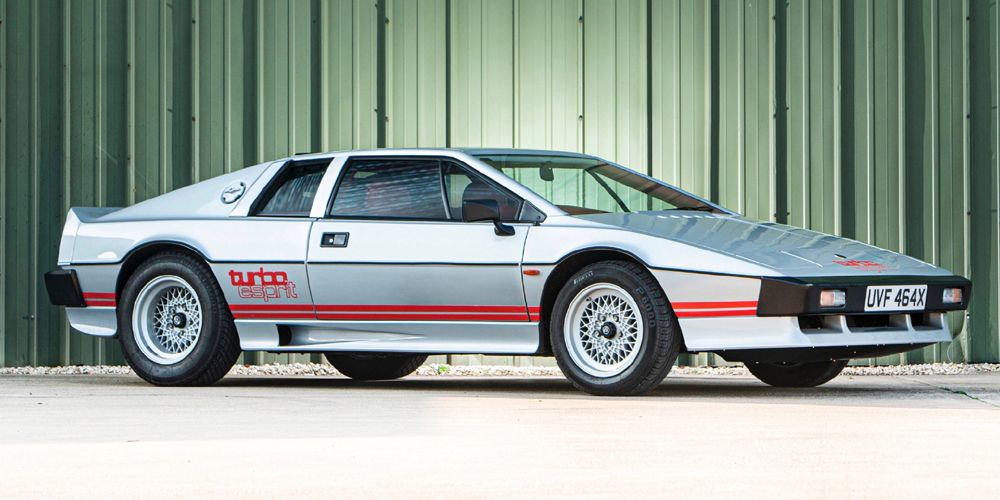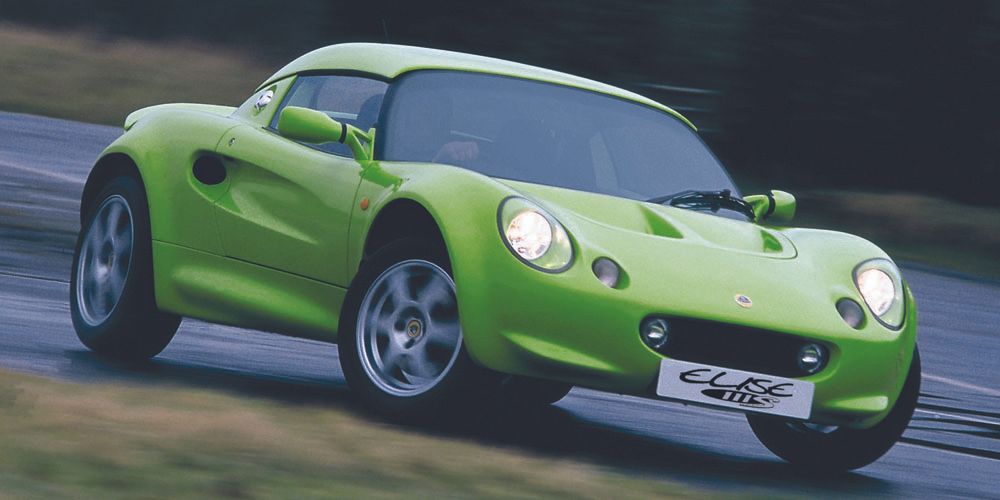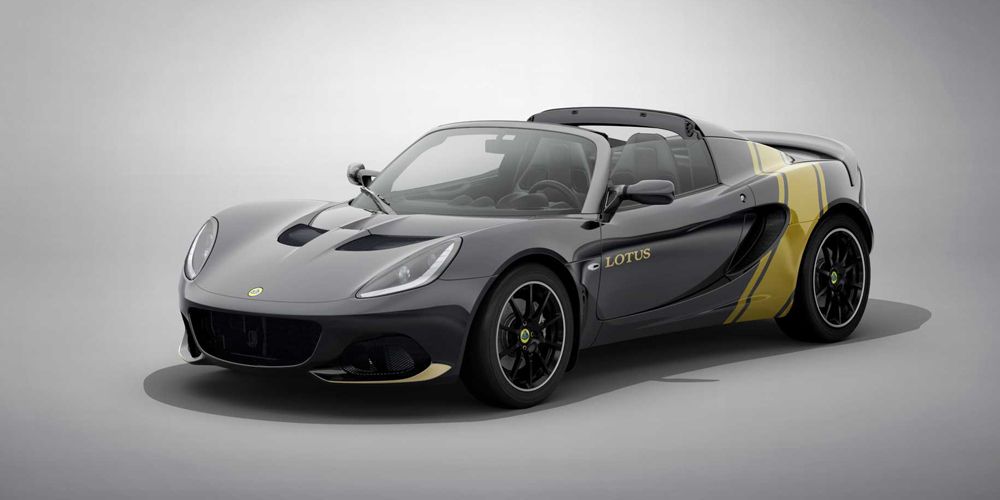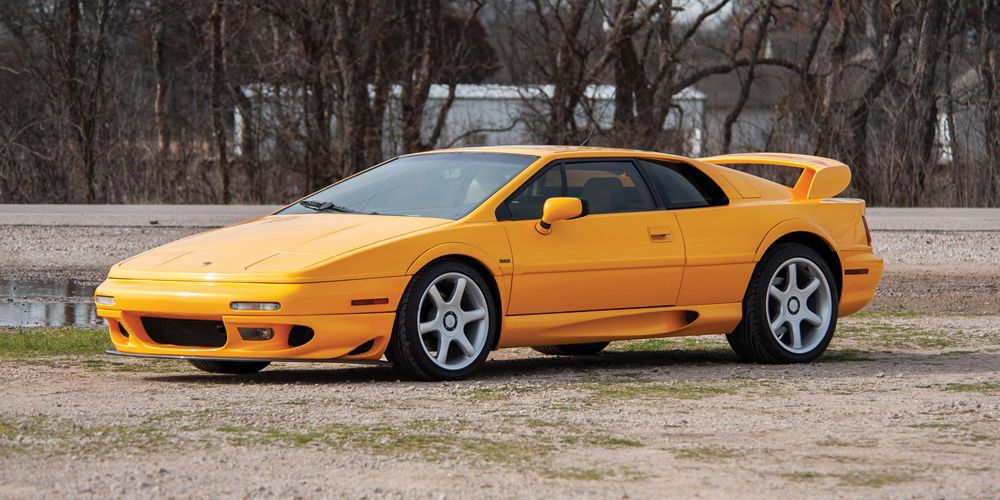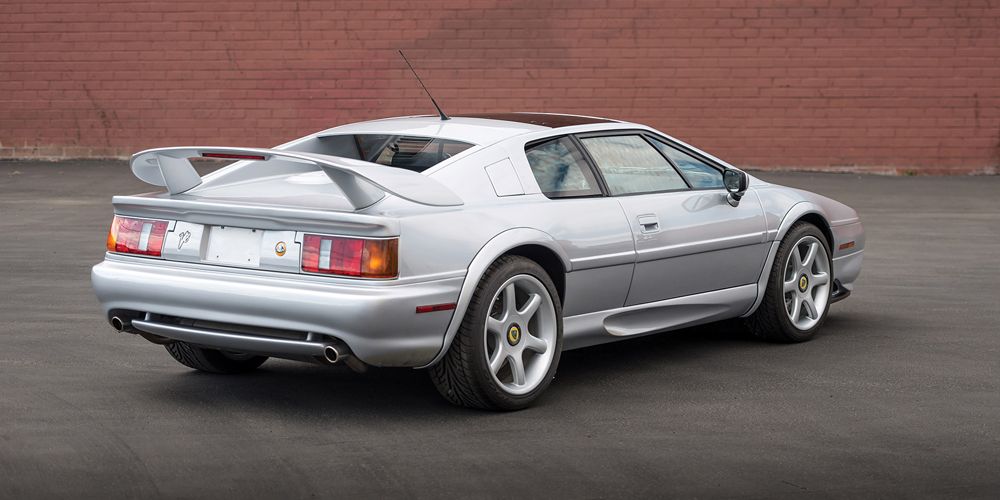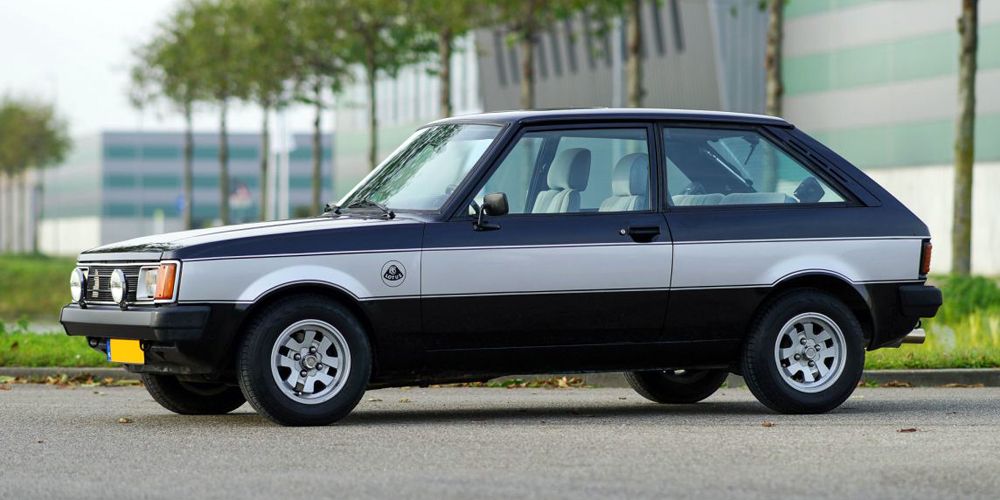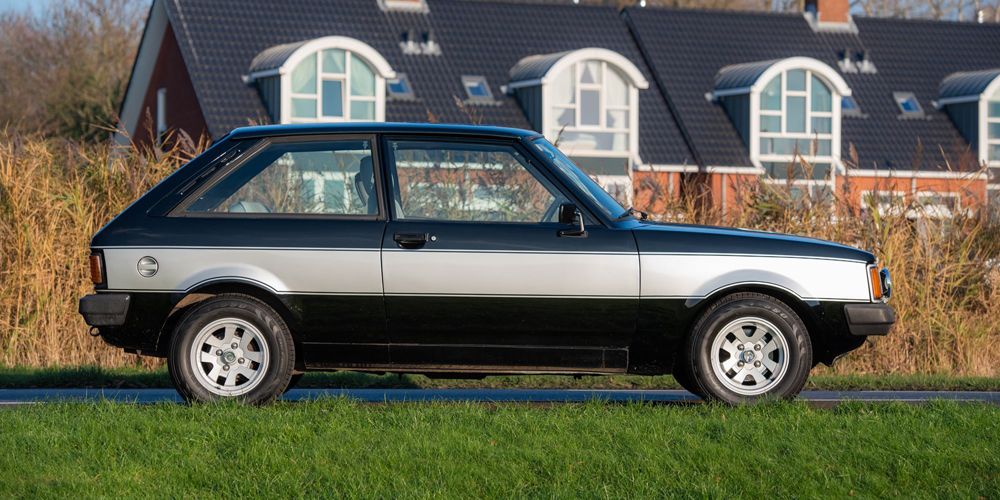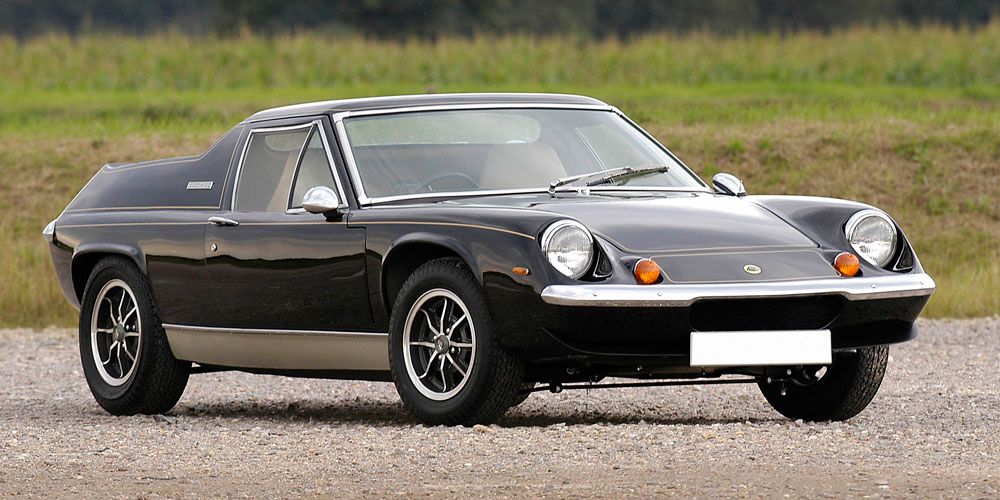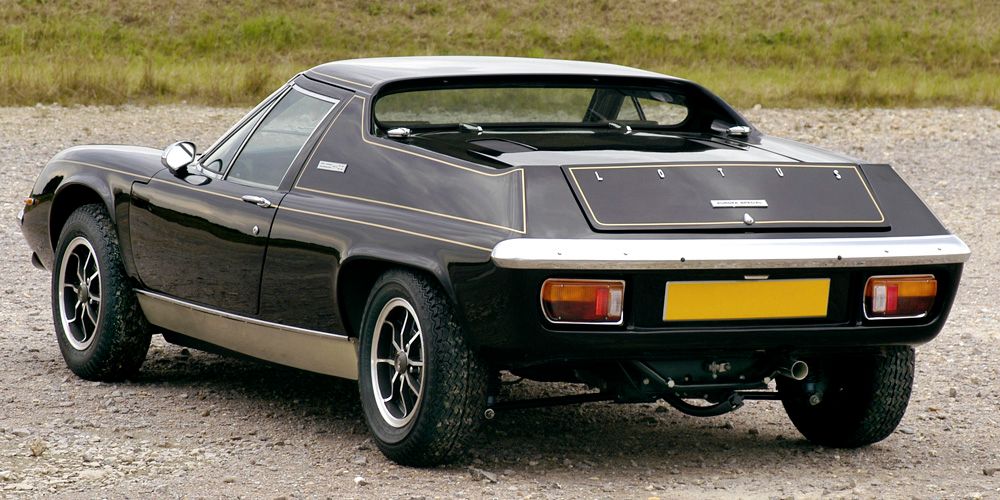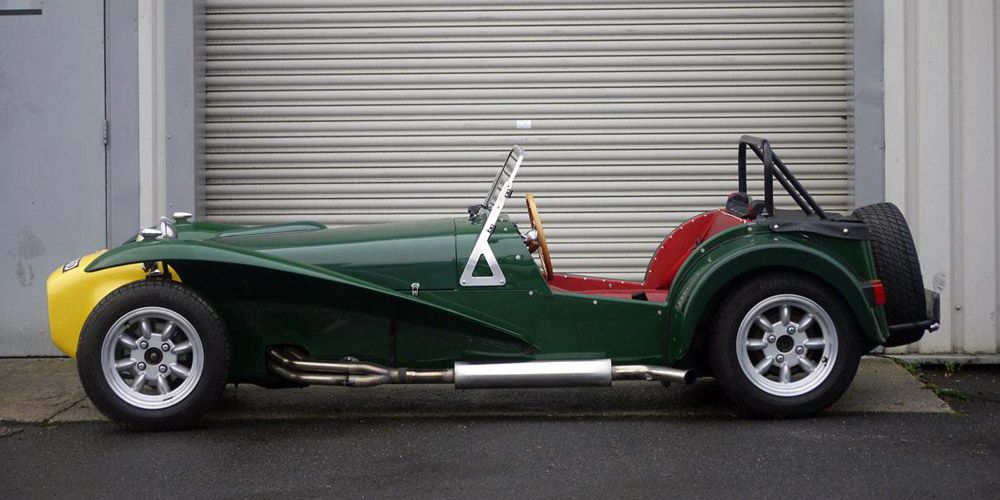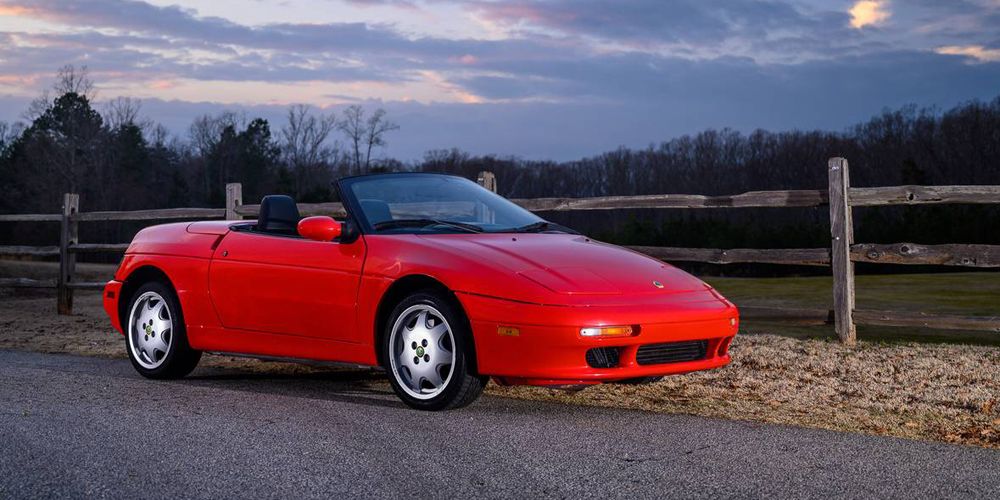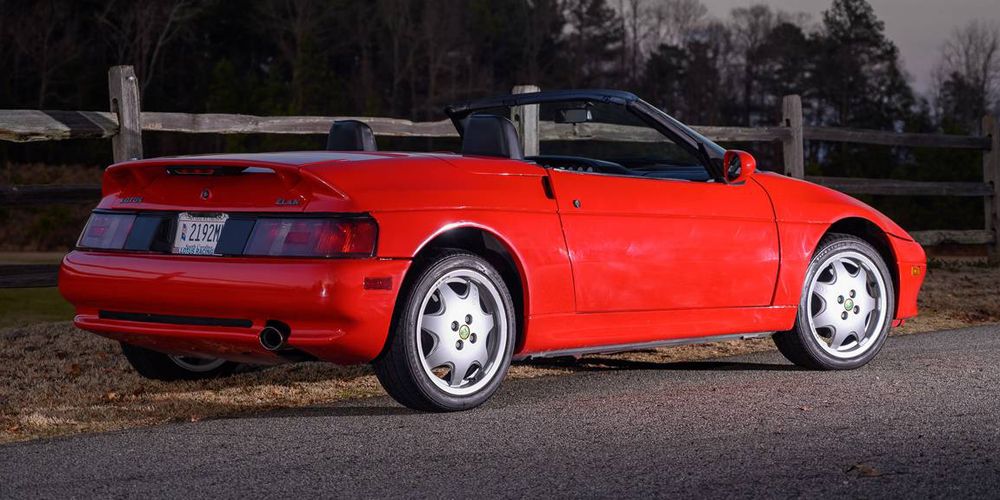Since its creation in 1948, Lotus has produced some of the best performing and notable cars coming from Britain. Its founder, Colin Chapman, started by selling kit cars to privateers and trialists, aimed at the racetracks. The business grew and a few years later Chapman and his associates were in the road car business, producing sports cars known for the extensive use of fiberglass bodies, backbone chassis, and overhead camshaft engines based in Ford blocks.
Fans love Lotus models, and the badge, which is now owned by the Chinese Geely Auto Group (Volvo, Protron, Lynk & Co., and Polestar), still make some of the most exciting sub-supercars available. And drivers looking for a Lotus can find them relatively cheap, as some of its most famous models are actually underpriced.
10 Lotus Elan +2
The first Lotus model to break the “kit-car” philosophy the British maker followed since its early days, the Lotus Elan +2 is longer and wider than the original Elan. Introduced in 1867 and built up to 1975, the +2 had enough room for two adults, 2 children and their luggage.
Chapman equipped the Elan +2 with a 1.6-litre Ford derived Twin Cam engine, modified by Lotus. The fibreglass body was mounted on a backbone chassis, with double wishbone and Chapman Strut suspension.
According to official numbers, there are about 1.300 of these cars remaining, but they remain underpriced and aren’t that hard to find for sale in specialised websites.
9 Lotus Cortina
Also know as Ford Cortina Lotus, this model was born out of a collaboration between the two car makers in 1963. Ford asked Colin Chapman to fit a modified Ford Kent 1.6-litre twin cam engine in 1.000 Cortinas for Group 2 rally homologation. Chapman agreed and equipped the cars not only with his modified version of the engine, but also the same close-ration gearbox he was using in the first generation Elan.
The result was a winning race car that exceeded all of Ford’s expectations, with the 105hp model winning several Touring Car championships across Europe and the USA. The Lotus Cortina is still used today in historic races and the fastest official recorded speed was 147mph in Australia.
8 Lotus Omega/Carlton
General Motors approached Lotus in the late 1980s with the idea to spice up its European market executive saloon, the Opel Omega/Vauxhall Carlton. An extensive list of modifications was made by Lotus, including an engine upgrade – 3.0 litre to 3.6 litre with added twin-turbo and replaced crankshaft – along with improved suspension, brakes and steering.
The Lotus Omega/Carlton was capable of producing 377hp and could do 0-60Mph in 5.2 seconds, while still being a family car. For some years the model held the title of second-fastest four-door saloon in the market, losing only to the Alpina B10 Bi-turbo.
7 Lotus Esprit S3 Turbo
Produced for only five years, the Turbo version of the S3 Esprit is a car full of character and style. This was also the final iteration penned by Giorgeto Giugiaro, the original designer of the Esprit. The Turbo went on to even take part in movies and TV. Though it’s the Series 1 Esprit that can be seen in James Bond movies, the Turbo was part of Basic Instinct, The Rookie, Taking Care of Business, If Looks Could Kill / Teen Agent and Parts: The Clonus Horror, as well as the short-lived TV series The Highwayman.
Lotus gave this model a 2.2-litre turbocharged inline-four drivetrain, along with a Citroen 5-speed manual gearbox that could produce up to 217hp in its HC version. The glass fiber body and aluminium chassis contributed for a very light car, weighing just over a ton.
6 Lotus Elise
Probably the longest-living model from being built by the British carmaker, series 1 and 2 of the Elise have become cheaper as time goes by. Built from 1996, under the General Motors ownership, the Elise gave birth to another GM European model, the short-lived Opel Speedster/Vauxhall VX220.
Series 1 of the Elise is only available with a Rover 1.8-litre atmospheric engine, but subsequent versions come with a selection of Toyota 1.8 and 1.6-litre supercharged drivetrains and manual gearboxes.
Truthful to the Lotus ethos of “speed through low weight", the Elise is a very light sports car with great handling and performance.
5 Lotus Esprit V8
Considered by many fans as the “ultimate Esprit”, the Series 4 Esprit V8 is one of the most common versions of the British model with a total of 1237 built over 10 years.
The car came with an all-aluminium Lotus-built V8 3.3-litre V8 with two Garrett turbochargers tuned to 380hp and was split into two versions – SE and GT – depending on the interiors and performance. The SE was the most luxurious of the two.
The Series 4 was designed by Julian Thomson and many components were sourced from Toyota, like the taillights which were borrowed from the AE86.
4 Sunbeam Lotus
In the mid-1970s Chrysler owned Talbot and Hillman badges in Europe and manufactured a few models in the UK, including the Sunbeam, which was marketed under Chrysler, Simca and Talbot brands.
Chrysler commissioned Lotus to build a rally version of the Sunbeam in order to boost the model’s image and raced it to great success winning the 1981 manufacturer’s championship. The car came with a Lotus 2.0-litre engine along with a ZF gearbox, boasting 150hp in the road-going homologation version, but the rallying version could produce 250hp.
3 Lotus Europa
Not the prettiest Lotus ever for many fans, but still a notable model. The Europa was created as a mass production mid-engine sports car and launched in 1966 when this configuration wasn’t yet a common feature in road vehicles.
Throughout its production, the Europa came with 1.5-litre and 1.6-litre Renault and Lotus/Ford engines. Production costs were kept low which helped sell almost 10.000 of these sports cars.
2 Lotus Seven
The Seven is considered the embodiment of the Lotus philosophy of performance through low weight and simplicity. It’s a very simple car that was sold mainly as a kit and became one of the stepping stones for Lotus growth and became the inspiration for many roadster models. After the end of production in 1973, Lotus sold the rights to Caterham which has since built and improved on the original design.
Through all of its four generations, Lotus used modified Ford engines ranging from 1.2-litre to 1.7-litre.
1 Lotus Elan M100
The most recent model to show the Elan name was the M100, a model made possible by General Motors, as the American giant owned Lotus at the time and decided to fund a new, small, affordable car in the same spirit as the original Elan.
After a development prototype, named M90, Lotus released the M100 equipped with engines and gearbox sourced from Isuzu and is still the only front-wheel-drive car ever made by the British badge.
After the retirement of the Elan M100 at the end of Series 2, Lotus sold the rights to Kia in South Korea.

